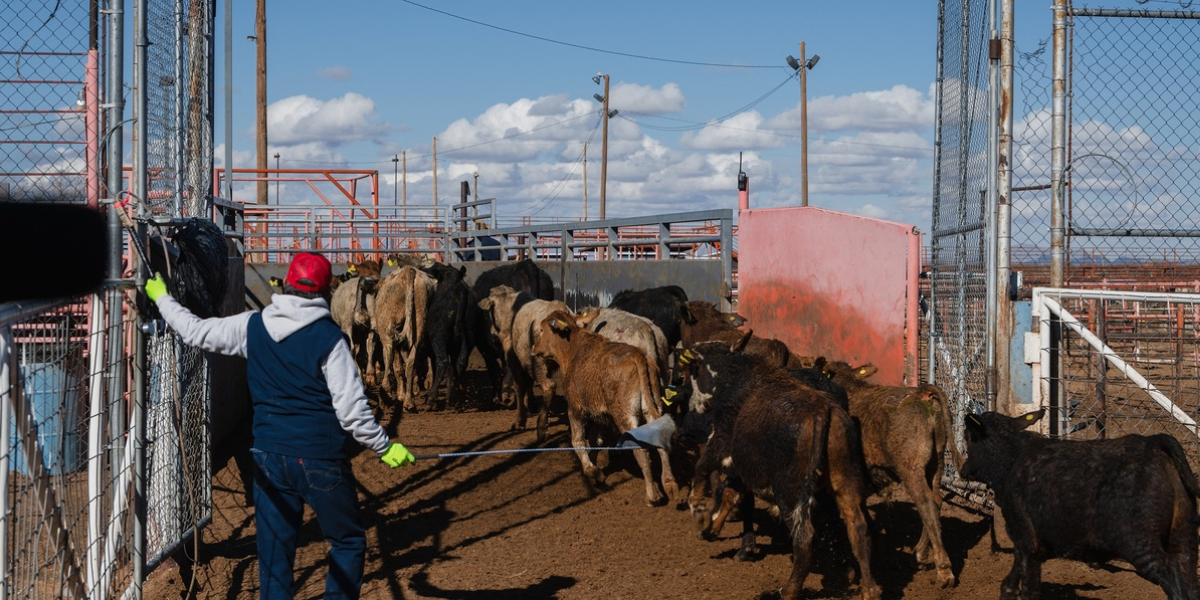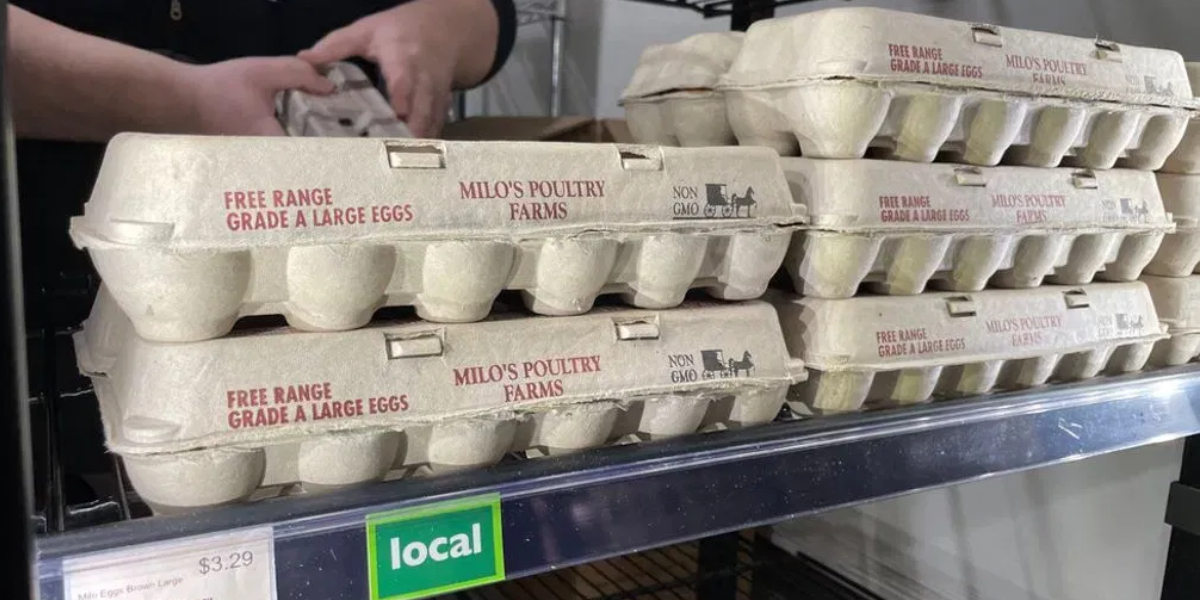The United States is intensifying its efforts to combat a parasite that experts estimate poses a multibillion-dollar risk to the cattle business in Texas.
Because of worries about the New World screwworm, which decimated herds in the Lone Star State for decades in the 20th century, America has temporarily banned the importation of cattle from Mexico.
At the time of the action, beef prices in the US were already at an all-time high.
Fort Worth Cattle Company, owned by Carter Johnson, sends beef packages straight to customers via their website.
He claims that Texas is increasingly facing a serious challenge to the US beef sector.
“It’s really bad, it kills a lot of cattle, it kills a lot of wildlife,” Johnson, the CEO of Fort Worth Cattle Co. stated. “Can get in any, you know, dogs, humans, pretty scary.”
Following the discovery of the New World screwworm within 700 miles of the United States last month, the USDA temporarily blocked livestock imports from Mexico from crossing the southern border.
Wayne Cockrell, a member of the Texas and Southwestern Cattle Raisers Association board of directors, described the predatory fly as one that consumes the living flesh of all warm-blooded creatures. “And that includes people as well as, of course, cattle, wildlife, and deer.”
After four decades in which the fly spread its eggs among cattle and killed hundreds of them, the screwworm was finally exterminated from Texas in the 1960s.
The screwworm’s comeback coincides with record-high beef prices in the US: according to data from the National Bureau of Labor Statistics, the average price of ground beef in April was $5.80, the highest price ever.
That cost has increased even more after a month-long blockage of cattle from Mexico.
“Less inventory — it’s increased the prices,” Cockrell stated. “Closing that border, that’s 1.25 to 1.5 million cattle a year that cross, so just the timing of that is why this had an impact.”
The greater impact, according to experts, would occur if the screwworm returned to the United States.
According to Texas A&M AgriLife, the state may lose over $11 billion annually to the New World screwworm as a result of the cattle sector and the closure of tourism for the Texas deer hunting season.
Ranchers in Texas suggested it might be a death sentence for companies like theirs.
“You lose 10 head in a lot of 40, which is absolutely possible with the screwworm, that’s $40,000,” Johnson stated. “That is killer on a small business.”
Read Also: Texas Republicans Push to Ban Municipal Gun Buyback Programs
So, how was the screwworm previously eradicated in Texas?
In order to prevent the parasite from replicating, three factories were constructed that sterilized the male flies using radiation.
Just one of those facilities is operational today: the COPEG factory in Panama, which produces just 12% of the 800 million flies per week needed to contain the previous outbreak.
“With the hundred million flies we currently have, we won’t even eradicate it from Texas,” Cockrell stated.
In an effort to lessen the threat, the USDA has declared that it is constructing a new fly factory in Mexico.
Ranchers in North Texas could only pray that something would be done quickly enough to save their cows’ lives.
“It is a real problem,” Johnson stated. “And if we have to worry about that, that brings a lot of uncertainty to the market, and I have no idea what that’s going to do.”



